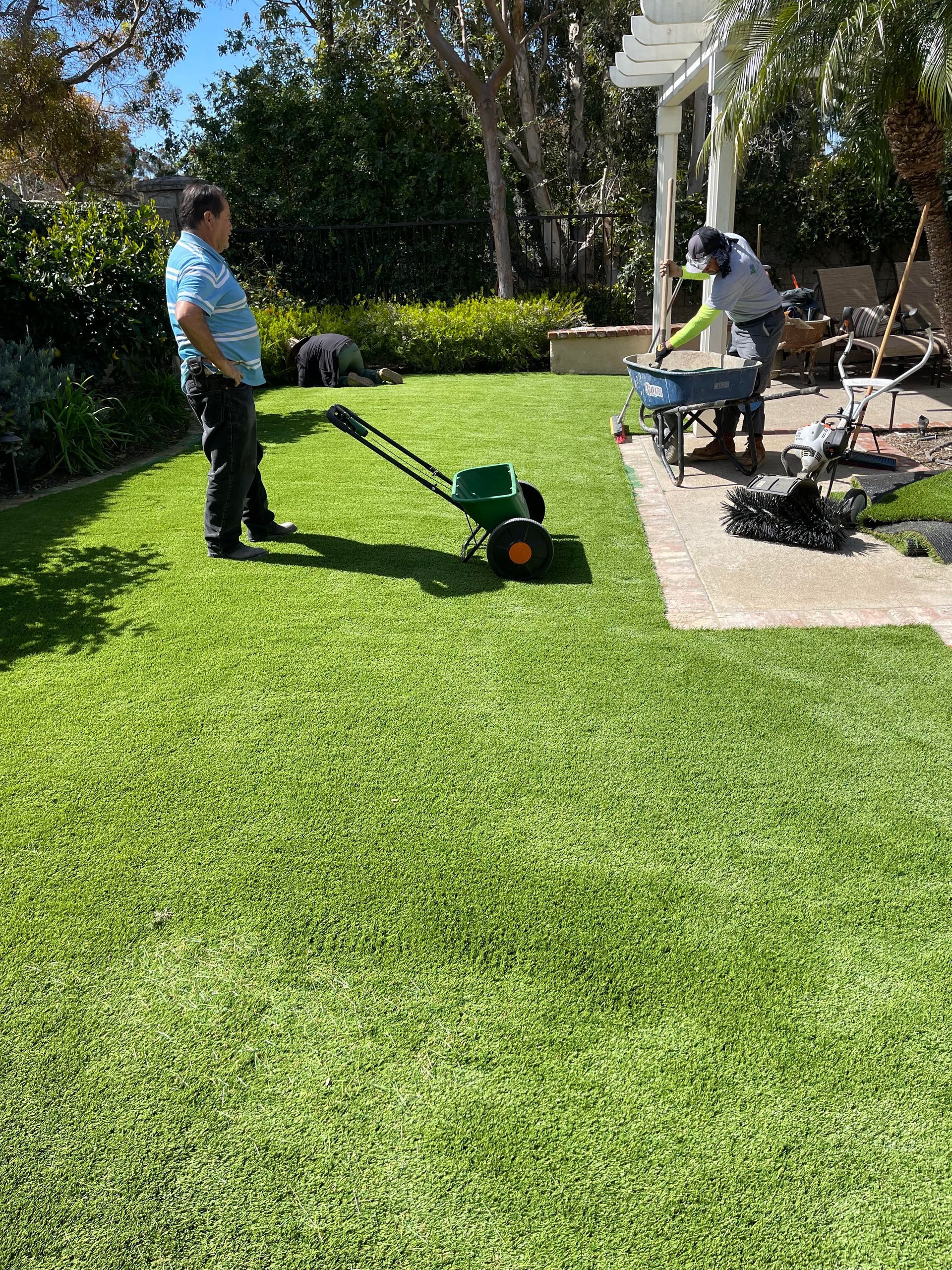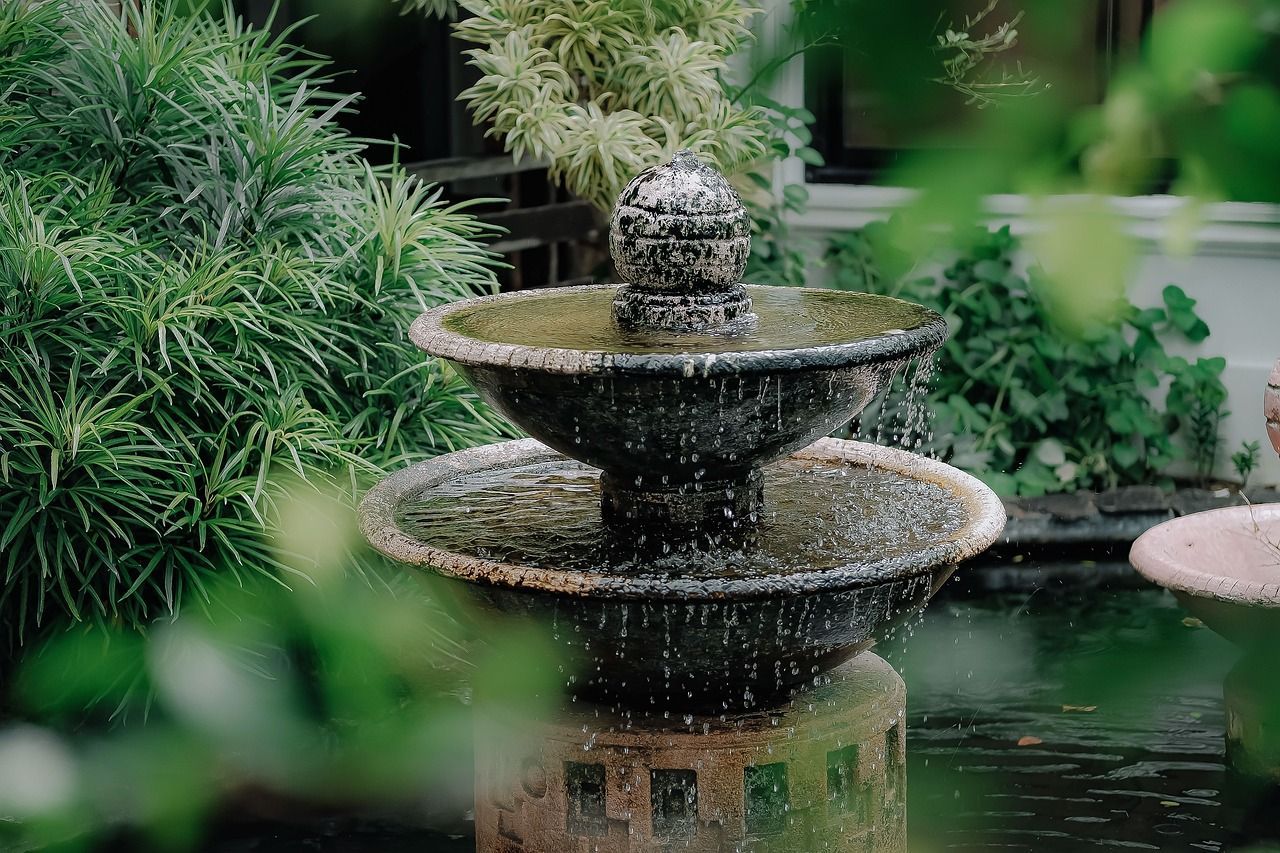Why Soil Testing is Crucial for Successful Landscaping in Pacific Palisades
Soil health plays a pivotal role in determining the success of any landscape project, yet it's often overlooked. Many homeowners and landscapers face the challenge of planting in soil that doesn't provide the necessary nutrients or pH levels for plants to thrive. In fact, improper soil conditions lead to poor growth, pest infestations, and even plant death, which ultimately impacts the overall aesthetic and value of your landscape. Without a proper understanding of your soil, it becomes nearly impossible to create a flourishing garden or outdoor space.
Soil testing is the first step to diagnosing these potential issues. Analyzing the soil's pH, nutrient levels, and texture allows you to make informed decisions about which plants will thrive in your space, and which amendments are needed for optimal growth. Whether you're planting a garden, installing a lawn, or designing a complex landscape, soil testing is the key to ensuring that your plants receive the right nutrients from the start, preventing costly mistakes, and ensuring long-term success. Let’s dive into why soil testing is not just an option but a necessity for any successful landscape project.
Understanding the Role of Soil in Landscape Projects
Soil is the foundation of any landscape project. It plays a vital role in determining the health and growth of plants, making it one of the first things landscape designers need to evaluate before planting. Soil consists of various components like sand, silt, clay, and organic matter. These elements determine the soil's texture, drainage, and nutrient content—all crucial factors that influence how plants thrive.
In Pacific Palisades, the soil’s unique properties stand out. Located near the coast, this area’s soil often differs from other regions due to its combination of sandy, rocky, and clay-rich soil layers. The coastal climate also impacts soil moisture, salinity, and temperature. Understanding these local nuances is essential for any successful landscape design because it helps ensure that the plants chosen will grow well in the soil’s specific conditions.
Beyond plant health, healthy soil is also critical for creating a landscape that remains vibrant and resilient over time. A well-prepared soil environment supports long-term sustainability and enhances the aesthetic appeal of your landscape project. From lush greenery to colorful flowers, soil is the secret ingredient to a thriving garden.
Why Soil Testing is Essential for Landscape Success?
Soil testing is a fundamental part of creating a successful landscape design. It helps assess the pH level, nutrient content, and drainage capacity of the soil—key factors that directly affect plant growth. When the soil’s pH level is out of balance, certain nutrients may not be available to plants, leading to poor growth and even plant diseases.
In addition to improving plant health, soil testing helps with water retention. In an area like Pacific Palisades, where the coastal climate is dry, good water management is crucial. Soil tests reveal the soil’s ability to retain moisture, which is vital for sustainable gardening. By determining the soil’s water-holding capacity, landscape designers implement efficient irrigation systems, saving both water and money.
Proper soil testing also prevents costly mistakes. When you know exactly what the soil needs, you eliminate guesswork, which helps ensure that your plants get exactly what they need from the very beginning. This not only promotes healthier plant growth but also saves time and money by avoiding over-fertilization or ineffective soil treatments.
The Key Benefits of Soil Testing for Landscape Designers in Pacific Palisades
For landscape designers in Pacific Palisades, soil testing offers a distinct advantage. This region’s soil varies in composition, and a deep understanding of these conditions allows designers to create tailored landscape solutions. The right soil test results help landscape designers choose plants that are naturally suited to the area, ensuring better success in the long run.
Another benefit is water management. Pacific Palisades is known for its coastal environment, which presents unique challenges when it comes to water retention. Soil testing enables designers to address these challenges and create landscapes that require less maintenance and water, making them more sustainable and eco-friendly.
With accurate soil tests, designers plan their landscapes with precision, resulting in healthier plants, improved aesthetics, and a longer-lasting design. This ensures that the landscape remains beautiful and functional for years to come, helping property owners enjoy a thriving garden or yard with minimal effort.
Steps in the Soil Testing Process
Soil testing is simple when done right—experts collect samples from different landscape areas to understand the soil’s overall condition. Their insights help identify nutrient levels, imbalances, and the best steps for healthier, more productive soil. These samples are then sent to a laboratory for analysis, where they undergo detailed testing to assess the pH, fertility, and texture of the soil.
Once the results come back, experienced landscape architects and construction services interpret the data and determine the best course of action. Whether it’s adjusting the soil’s pH or adding the right nutrients, soil testing guides the entire landscape design process. It’s an investment that ensures your landscape project starts on the right foot.
What Soil Testing Reveals: Key Indicators for Landscape Projects?
Soil testing reveals key factors like pH balance, nutrient levels, and soil texture, which all play a critical role in determining what plants will thrive in the space. For example, certain plants prefer acidic or alkaline soil, while others need a specific nutrient mix to flourish. The texture of the soil—whether it’s sandy, clay-heavy, or loamy—also affects how well plants establish strong root systems.
By understanding these soil characteristics, landscape designers make informed decisions about what plants to use. They also improve the soil structure to create the optimal environment for plant health. Whether you’re working with native plants or introducing new species, soil testing ensures that the plant selection will perform well in the long term.
How Does Soil Testing Influence Plant Selection?
One of the most significant advantages of soil testing is that it helps designers choose the right plants for the job. When the soil is analyzed, it reveals which plants are most likely to thrive, taking into account soil pH, fertility, and texture. This information is invaluable in ensuring that plants, trees, and shrubs are compatible with their growing environment, promoting healthier growth and reducing the risk of plant stress.
For Pacific Palisades, selecting plants that align with the local soil conditions and climate helps create more vibrant, long-lasting landscapes. Designers choose species that will thrive without requiring excessive care or artificial inputs, ensuring a sustainable and low-maintenance landscape.
Soil Testing and Environmental Impact
Soil testing plays a key role in promoting sustainable landscaping practices. By understanding the soil’s needs, these professionals reduce the use of harmful chemicals and fertilizers. This not only helps protect the environment but also improves the overall health of the local ecosystem in Pacific Palisades.
Using soil tests to guide fertilizer applications ensures that plants receive only the nutrients they need, reducing runoff and preventing pollution. Sustainable landscaping practices, driven by soil testing, contribute to a healthier local environment, including cleaner water, healthier soil, and stronger plant life.
Conclusion
Soil testing is a crucial step in ensuring the success of any landscape project. It allows landscape designers to create tailored designs that meet the unique needs of the soil, leading to healthier plants, better water management, and more sustainable landscapes.
Partnering with professional landscape designers and construction services in Pacific Palisades in soil testing makes all the difference. If you’re ready to start your landscape project with a strong foundation, reach out today for a consultation and let us help you create the outdoor space you’ve always dreamed of.
You might also like
8 Insights From The Leading Commercial Pool Contractor Services



